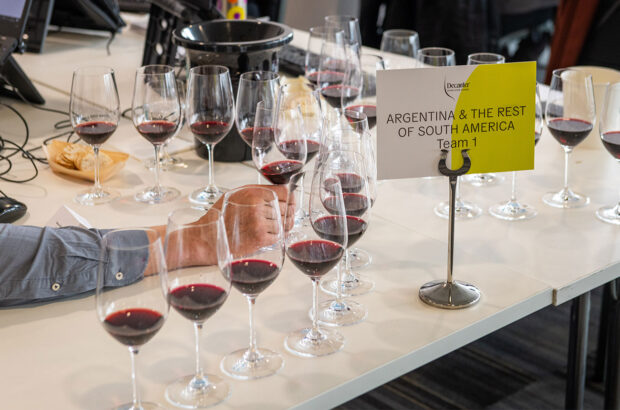California governor Gavin Newsom said this week that the drought emergency now covers 41 counties, representing 30% of the state’s population.
Napa was one of 39 counties added to the list, after Sonoma and Mendocino were declared to be in a drought emergency in April – due to concerns about the Russian River watershed.
‘Extraordinarily warm temperatures in April and early May separate this critically dry year from all others on California record,’ said the governor’s office.
While authorities have naturally focused on the public health impact across the wider community, it’s a situation that has also caused concern in parts of wine country specifically.
‘The drought conditions are very worrisome for our entire community, and especially our local grape growers and farmers who rely on crops for their livelihood,’ said Karissa Kruse, president of Sonoma County Winegrowers.
A degree of so-called water stress can be beneficial to vines at certain times in the growing season, and can also help to concentrate flavour in wine. But extreme drought can also impact wineries and grape growers financially, primarily due to smaller harvests.
‘Grape growers are already seeing shorter shoots, pronounced disease pressure and anticipate a lighter crop,’ said Kruse.
‘Crop size varies every year, but overall Sonoma County tonnage was down almost 40% in 2020 (vs 2019) and almost 50% in revenues, so back-to-back years of light harvests and incomes can create a real hardship.’
While she said grape growers have been focusing on better water use for years as part of sustainability efforts, Sonoma County Winegrowers held its first water conservation webinar on 26 April to help spread the message.
She added that, in terms of agriculture in general, ‘fortunately grapes are very efficient crops and do not need much water’. Yet she said wineries wanted to be ‘part of the solution’ within a wider discussion about water use.
In the vineyards, research led by UC Davis and involving wineries is ongoing to look at drought-resistant rootstocks, among other methods of adapting to the wider challenge of climate change.
Michael Honig, president of Honig Vineyard and Winery in Napa Valley, said drought-resistant rootstocks were also something he has been monitoring, as well as switching around the direction of vine rows when replanting to help protect them from the sun’s rays. ‘We are looking at everything,’ he said.
He said he mostly prefers dry farming in the vineyards, with a small amount of targeted drip irrigation on younger vines.
He added the team has also worked out ways to cut water usage in the winery. Washing out barrels using steam rather than a solution involving citric acid followed by rinsing has led to ‘a huge saving’, he said.
Access to water is something everyone should be thinking about, he believes. ‘I can’t solve the water problem, but when you put all of these things together you can have an impact.’
Commenting to Decanter.com in March, climate scientist professor Gregory Jones said there was evidence that extreme conditions like drought and heatwaves were becoming more frequent and intense in several regions.
‘Research in the western US has indicated that later this century, extreme dry or extreme wet years will be two or more times more frequent, with more rapid swings between wet and dry years, and that severe storms will likely be five or more times more frequent than they are today,’ said Jones, a climatologist who is also chair of the Evenstad Centre for Wine Education at Linfield University in Oregon.







